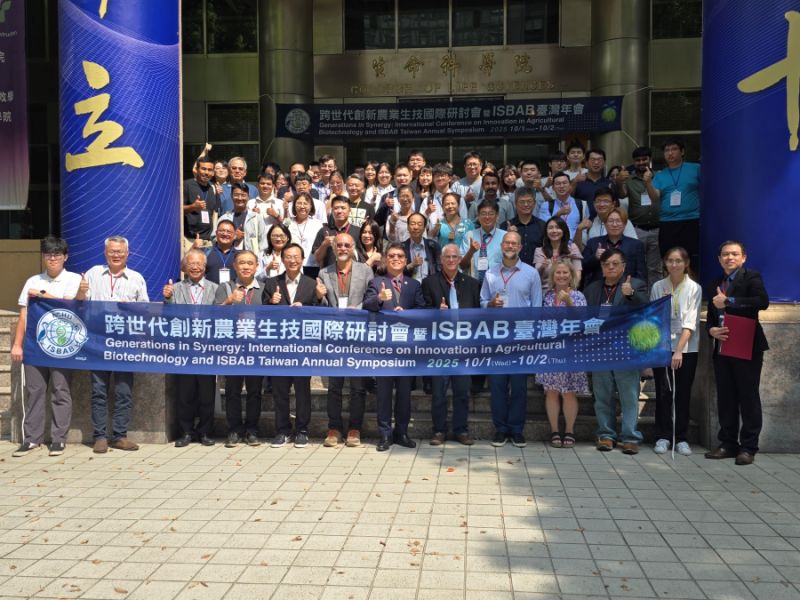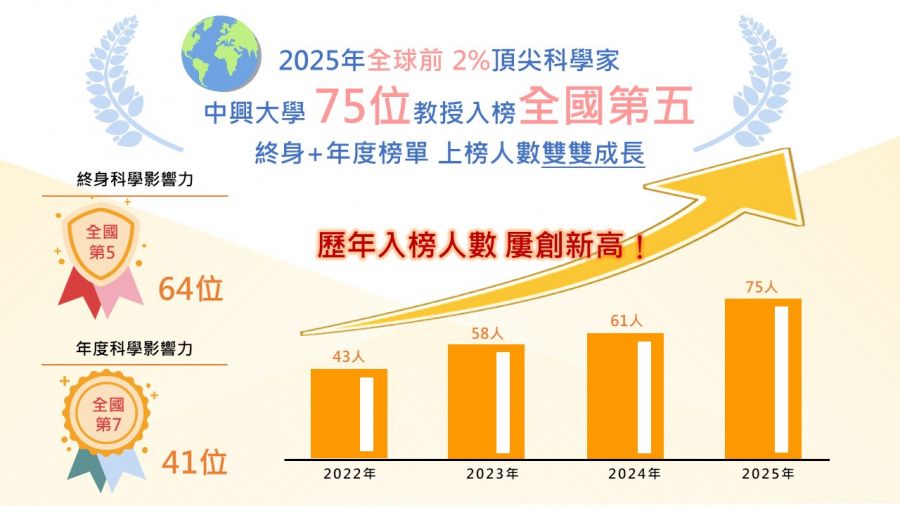生態農業:農業地景生態監測及復育【水土保持學系/陳樹群特聘教授】
| 論文篇名 | 英文:Indicators for post-disaster search and rescue efficiency developed by progressive death-tolls 中文:以累積之死亡人數為基礎建立之災後搜救效率檢討指標 |
| 期刊名稱 | SUSTAINABILITY |
| 發表年份,卷數,起迄頁數 | 2020, 12, 8262 |
| 作者 | Chiu, Yen-Yu; Omura, Hiroshi; Chen, Hung-En; Chen, Su-Chin(陳樹群)* |
| DOI | 10.3390/su12198262 |
| 中文摘要 | 災害發生後之搜救工作往往是聚光燈之焦點,搜救時雖奉行黃金72小時原則,然而搜救效率卻缺乏標準以供檢討搜救行動。考量近年來社群媒體及網際網路對重大事件報導之即時性,本研究以救援過程中不斷更新之死亡人數為基礎,透過51場地震及10場降雨引發之土石災害之數據蒐集及迴歸,發展對應於不同死亡人數之指標以用於檢討搜救工作在不同階段之花費時間及達成完成度。並透過建立之指標分析所蒐集之救援行動,結果顯示指標對於搜救快慢有鑑別能力:在死傷人數大之災害中,受海嘯影響之搜救效率大幅低於期望值;而無嚴重二次災害之事件則效率較高。迴歸結果亦顯示同量級之降雨引發之土石災害搜尋效率遠低於地震災害。且初始死傷人數報導慢、搜尋期程長,顯示此類災害搜尋工作之困難及可能形成延宕。過往之研究分析雖能對搜救工作進行主觀評價,本研究之成果可量化指出與該死亡人數下之期望效率之差距。 |
| 英文摘要 | Search and rescue (SAR) is often the focus during the post-disaster response phase. It is operated under the principle of the “golden 72 h”; however, the actual efficiency of each operation lacks a standard for review. On the basis of continuously updated death toll data during the SAR cases of 51 earthquakes and 10 rainfall-induced disasters, this study developed indicators corresponding to various death tolls for reviewing the time costs and the progress of different stages of SAR. Through analysis of the established indicators, the results showed that said indicators are capable of evaluating the efficiency of SAR. These indicators also revealed that earthquake cases, with or without serious secondary disasters (e.g., tsunamis), significantly affected SAR efficiency. The regression results showed that the SAR efficiency of rainfall-induced disasters is much lower than that of earthquake disasters. Additionally, it was shown that the first casualty reports are typically late and that SAR works last a long time, highlighting the difficulty and possible delay of SAR works during rainfall-induced disasters. Previous studies and analyses might have been able to make subjective descriptions of each SAR operation; however, this study quantitatively indicates the difference between actual and expected efficiency under specific death tolls. |







